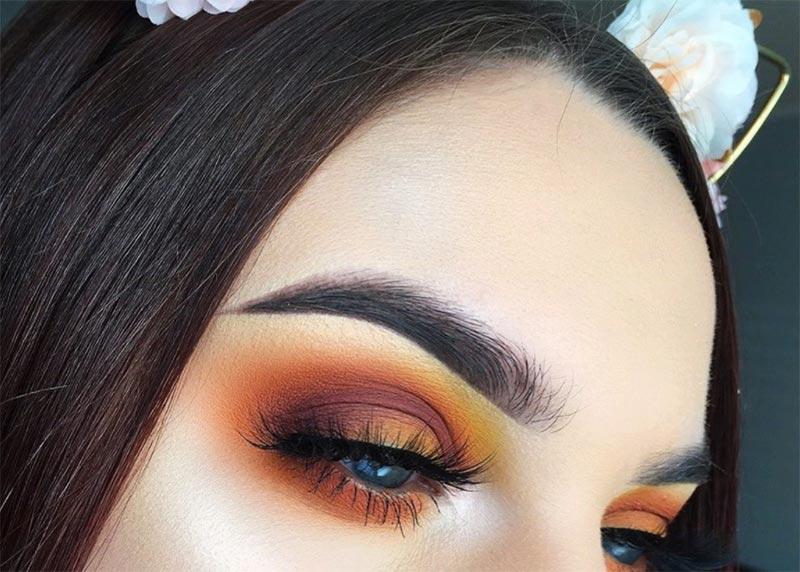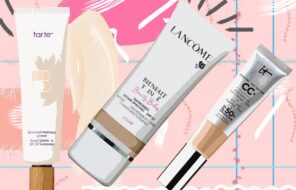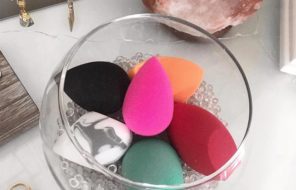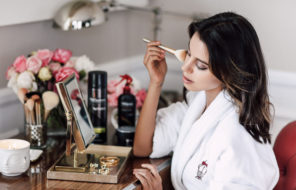Whether you are a makeup newbie or expert, you have come across eyeshadow primers at least once in your life and have indeed wondered whether you really need one. In this article, we explain the difference between eye primers, eye bases, and regular primers, so you don’t get confused. We’ll make sure that you know how to apply eyeshadow primer correctly. We’ve also capped things off with some neat tips and tricks that you can utilize to get the most out of your eyelid primers. Let’s get you primed!
In this article:
- What Is Eye Primer and How Is It Different from Eyeshadow Base?
- How to Use Eye Primer Correctly
- Tips, Tricks, and Alternative Uses for Eyeshadow Primers
What Is Eye Primer and How Is It Different from Eyeshadow Base?
Eye primers are makeup products that go on the eyelid before eyeshadow, in order to make the eyeshadow application go smoothly both figuratively and literally. A thin layer of eyeshadow primer is all it takes, as it gives the eye makeup something to stick to, ensuring it lasts longer and doesn’t smudge or crease throughout the day.
Especially when it comes to liquid eyelid primers, they also soak up the oil that human skin produces, preventing it from causing the eyeshadow to crease. Because eyeshadow primers also turn the eyelid area into a smoother canvas, it becomes easier to create complex eye makeup looks that would normally be difficult to blend.
Similar to eye primers there are eyelid bases – the terms are often used interchangeably. These creamy eyelid primers are easy to confuse with concealers since they look similar. They have a similar texture to concealers, and are applied in a similar way.
These eye primers normally take longer to dry down than liquid primers, so they are a great choice if you like to take your time with your eye makeup. However, they don’t do as great of a job of keeping oils at bay.
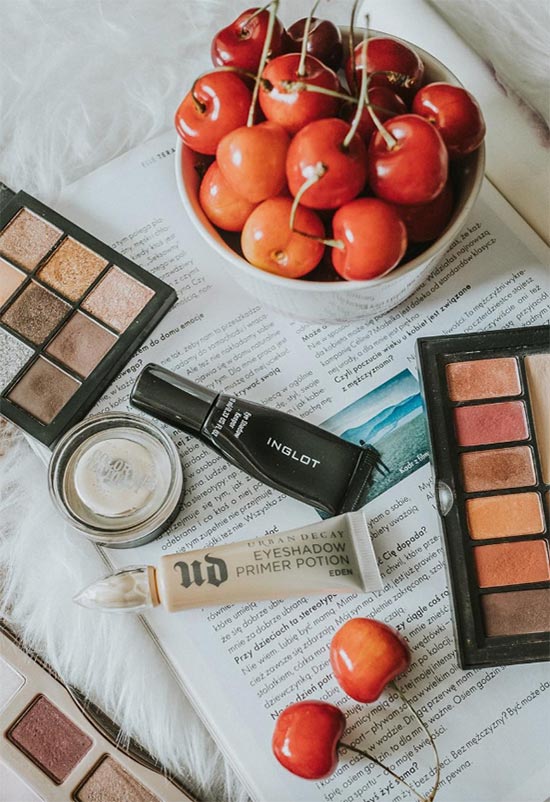
Eyelid primer really acts like glue, since it is meant to be a base for powder products. This is why face primers don’t make a good substitute for eye primers. Face primers are meant to act as a barrier between the skin and liquid or cream products like foundations and concealers. They give the skin a smoother canvas, but they aren’t sticky like an eye primer, nor should they be.
How to Use Eye Primer Correctly
The secret to using eyelid primers is to be conservative and use them sparingly. A tiny amount goes a long way with this magical product.
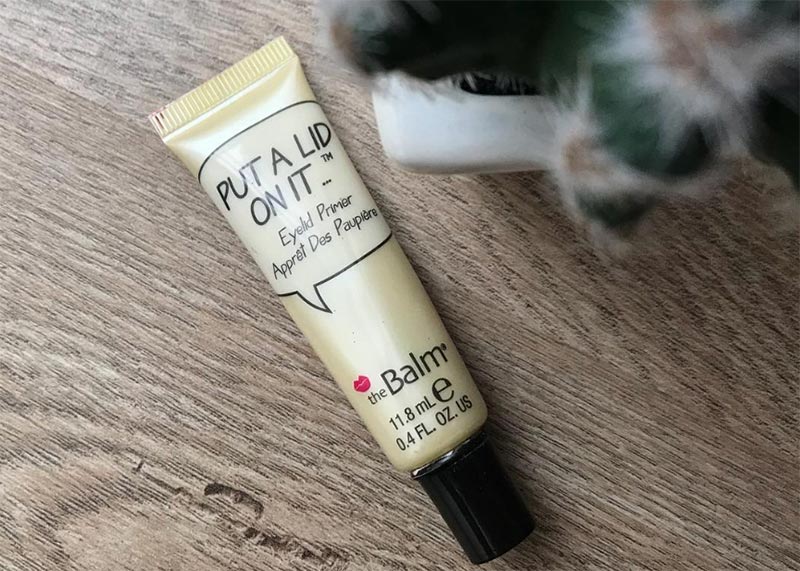
- Before you start make sure that your whole face is ready for a makeup application. Cleanse and moisturize your skin. Use an eye cream if you like, but wait a few minutes to let it sink in before starting your eye makeup.
- You can choose to do your face makeup first, before starting your eye makeup. However, if you plan on doing a heavy or dark eyeshadow look, you might prefer to start with your eyes, so that eyeshadow fall-out doesn’t stain your already made up skin.
- If you’re using a liquid eyeshadow primer, dab it lightly onto your eyelid with the applicator, and then blend it in with your ring finger or a brush so that it covers your whole eye area. Use gentle, outward motions when blending, to avoid damaging the delicate eye area.
- If you prefer a cream eyelid primer, apply it lightly with a brush all over your eyelid. Blend it in with your finger or with a sponge.
- If you’re using a quick-drying eyelid primer, apply the primer first to one eye and then immediately either set it with a neutral eyeshadow shade, or immediately begin your eyeshadow application.
- For most eye primers, which do not require speedy work, you can cover both eyelids in primer and then begin your eyeshadow application.
- If you’re new to wearing eyeshadow, or you are aiming for a more understated makeup look, then it is best to set your eye primer with a neutral shade, and then apply your actual eyeshadow look on top of that.
- On the other hand, if you are aiming for a high-pigment look, apply your shadows directly on top of the primer, although remember that this will make them slightly more difficult to blend.
- Finish off with your eyeliner and mascara! If you haven’t done your face makeup yet, clean off any eyeshadow fallout from your under-eye area with makeup remover, and finish your face makeup as you normally would.
Tips, Tricks, and Alternative Uses for Eyeshadow Primers
- Eye primers can be used on more than just the eye! Since they act like powder glue, you can apply them anywhere where you find that makeup doesn’t stay. This can be below the foundation on a particularly annoying blemish, around the sides of the nose, underneath lipstick, or even below the eye area.
- If you like winged out eyeliner, make sure to extend your eyeshadow primer to wear your winged eyeliner in order to ensure it will last all day long.
- In a pinch your eyeshadow primers can double as invisible lip liner. If your lipstick always seems to smudge at the lip line, then a thin layer of eye primer along the perimeter of your lip can help stop that, and prevent the dreaded feathering.
- A pigmented eye primer or base, especially if it has a peach or orange tint, can work beautifully as a replacement for under-eye concealer, especially if you really struggle with concealers creasing on you.
- You can also use eyeshadow primer to prep your eyebrows for eyebrow powder! Your eyebrow powder will last much longer, but you will also have the added bonus of the eye primer keeping your eyebrow hairs in place similarly to a wax.
- While face primers might not be adequate replacements for eyeshadow primers, there are other products that can be. You can use both concealers and cream eyeshadows as eye primers under your powder eyeshadows, and they will work fairly well in a pinch!
- Despite what some people online may suggest, we don’t recommend applying eyeshadow primers all over the face. Eye primers come in too tiny a container to merit the cost of using them up so quickly by applying them all over the face. If you have very oily skin, look instead to a great mattifying face primer. Perhaps you can apply your eye primer only to your T-zone, and only for the most special occasions!
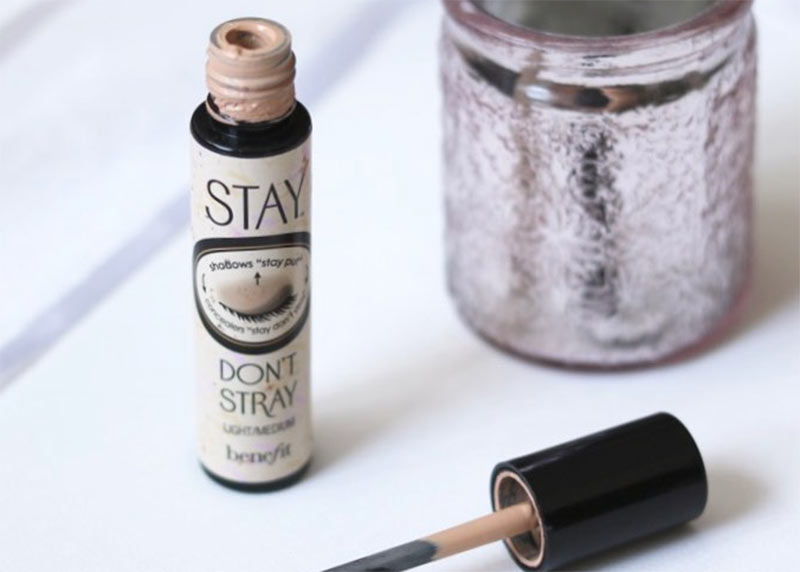
Photos via @melisssaspiteri, Instagram

